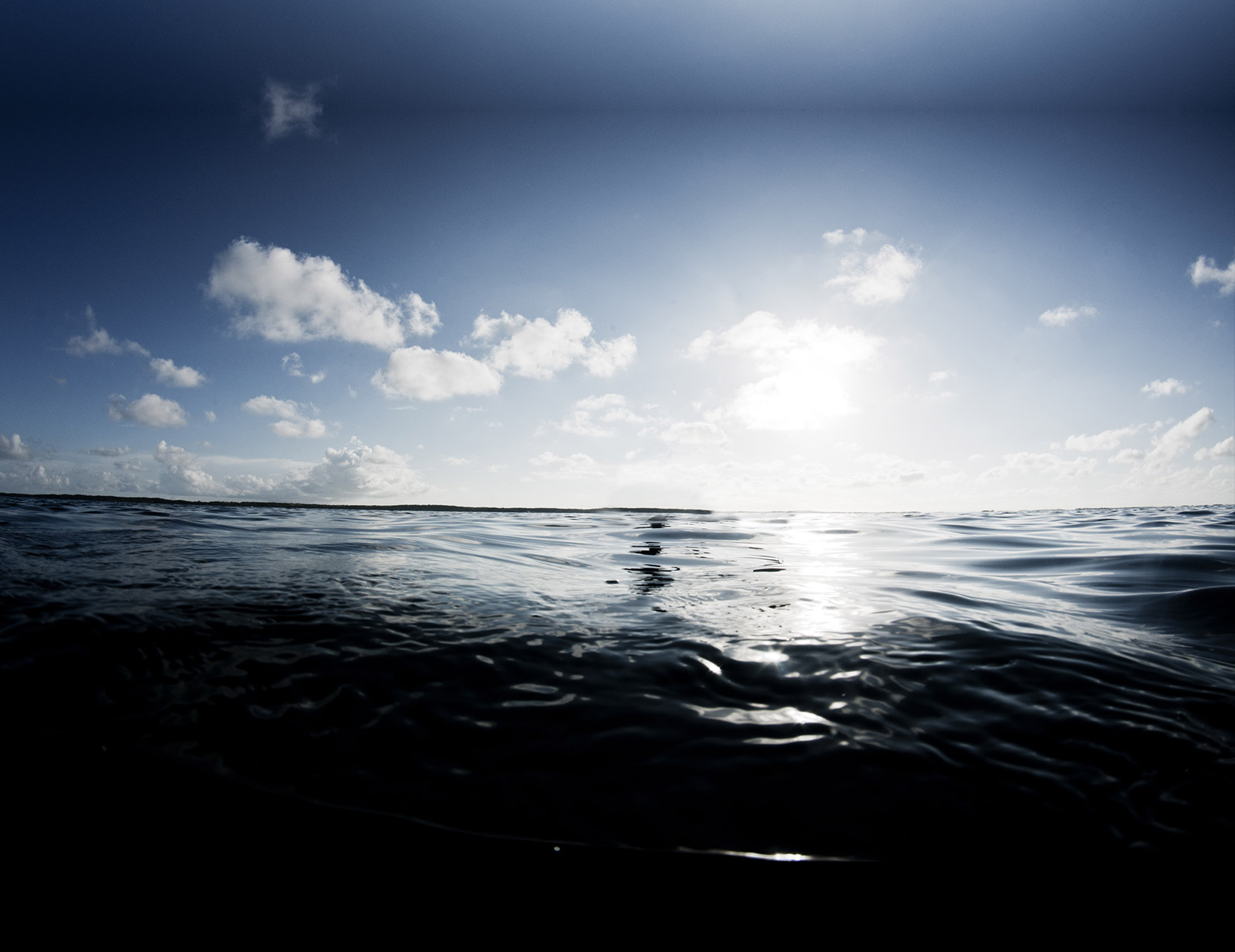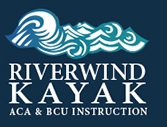ACA Coastal Kayaking Level 4
Assessor: Level 4: Open Water Coastal Kayaking Instructor (or higher)
Venue: Open water, wind to 11-16 knots, surf to 3 feet, current to 3 knots
Kayak & Equipment
Sea kayak, equipped with suitable floatation, deck lines & grab loops
PFD, helmet, spray skirt with release strap, paddle, spare paddle, whistle
Food, drink, warm drink
Spare clothing/shelter
Clothing suitable for immersion and appropriate to the conditions
First Aid kit
Repair kit
Strokes & Maneuvers
Level 3 Award: Any elements from your prerequisite L/3 award
Launching & Embarking: Good technique with boat floating in a variety of conditions/scenarios
Efficient Paddling Forward: 500 yards paddle with good body rotation, and control over pace and direction
Efficient Reverse Paddling: candidate could be asked to perform a figure of 8 course or other task to ensure the skill
Turning on the move: Quickly turn, with minimum speed loss, starting with a forward sweep
Low brace turn with onside tilt
High brace turn with onside tilt
Bow rudder with tilt
Rotate 360º on the Spot: Spin kayak using deep offside boat tilt and full sweeps
Edging- Boat Tilt<: Edging to assist in turning with sweep strokes and gunnel deep offside edge – forward and reverse
Ruddering: Trailing stern rudder to keep the boat straight at reasonable speed in following seas with paddle kept on one side (demonstrate both sides)
Draw Sideways: move the boat sideways 15 feet using good directional stability with:
Hip Draw
Sculling draw
Draw on the move- forward and reverse
Sideslip / forward and reverse
Prevent Capsize: Efficient low and high brace recovery on both sides with the boat moving and off balance to the waist followed by forward paddling
Negotiate Moderate Wind & Sea Conditions:
Paddling comfort with all above techniques in moderate sea conditions
Demonstrate ability to paddle in a head sea, beam sea, quartering sea and following sea
Demonstrate ability to turn up and down wind efficiently
Demonstrate ability to hold position
Negotiate Moderate Surf:
Launch and land forwards under control (without being surfed)
Launch and land backwards under control (without being surfed)
Hold position in surf
Surf, broach and side surf
Negotiate Moderate Current: (3 knots)
Comfort establishing a ferry angle- forward and reverse
Control in peeling out and eddy turns
Rescue & Recovery:
Wet Exit:Comfortable capsize and wet exit in rough conditions/ current
Self-Rescue: Re-enter kayak in rough conditions without assistance and pump out boat
Assisted Rescue: Demonstrate efficient assisted drain and reenter in rough conditions as victim and rescuer
Solo Towing: Tow a victim without help in rough conditions making appropriate use of long and short tow line and demonstrate emergency release of the tow
Assisted Towing: Tow a victim with help from a third kayaker to provide stability
Assisted Towing: Tow a victim with help from a third towing kayaker to provide propulsion
Rafting: Demonstrate ability to raft up with another kayaker to provide stability in rough conditions
Contact Towing: Demonstrate ability to tow or push another kayaker without use of a tow line in rough conditions
Bow / Stern / Paddle Assisted Recovery: Confident capsize and rescue both as victim and rescuer using bow, stern and paddle presentation techniques in rough conditions
Kayak Roll: Roll without a set-up, come up within three attempts in conditions
Re-enter and Roll: Come up within three attempts
Leadership: Ability to lead a group in moderate conditions
Kayak Tripping:
Day Trips: Show evidence of at least three all day trips of 12-15 nautical miles in a variety of conditions
Multi-Day Trips: Show evidence of at least one multi-day journey involving overnight camping
Technical Knowledge & Seamanship:
Equipment: Have a working knowledge of all paddling and safety equipment
Safety: Understand the risks of exposed kayaking and how to avoid/manage trouble
Hypothermia / Hyperthermia: − Good understanding recognition, avoidance and treatment
1st AID/ CPR: Basic knowledge, strongly recommend WFA as a minimum
Environmental Issues: Leave No Trace, understand ecology, conservation
Trip Planning: Comfortable in preparing logistics for a long, exposed day trip
Group Awareness: Familiar with whistle and paddle signals, group dynamics and safety
Group Leadership: Familiar with group management practices in moderate conditions
General: Marine environment, understanding the effects of wind, tide, land masses and current on paddlers.
Knots: Tie a bowline, figure 8, clove hitch, round turn and 2 half hitches, trucker hitch
Repairs in the Field: Demonstrate use of repair kit
Packing / Trimming: Loading a kayak for a multi-day journey
Navigation: Chart reading and plotting, symbols, depths, drying heights, hazards, bouyage, tidal / current predictions, selection of escape routes, use of ranges and line of position (LOP)
Compass Use : Taking bearings, fixing position and following heading for course made good
Coast Guard : Demonstrate knowledge of rescue tools and how to use them, include use of radio, flares and other signals
Weather: Know sources of weather forecasts and understand how to interpret them
Local Conditions: Familiarizing and understanding the local paddling area, local traffic and potential hazards
Seamanship: Rules of the Road, including collision regulations, light and sound signals
SEIC Changed Requirement 03/2011:
L4: OWCK certification cannot be completed unless during some period three of the four conditions (one must be surf) necessary for rough water assessment are present during some portion of the certification course. Specified conditions must occur, but they do not have to be simultaneous. Area of escape from rough conditions must be accessible. The four criteria include:
– 3‐5 foot seas
– 15‐20 knot winds
– 2‐4 foot surf
– 2‐4 knots of current

